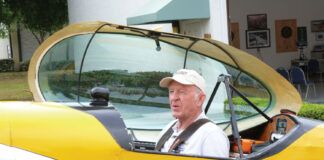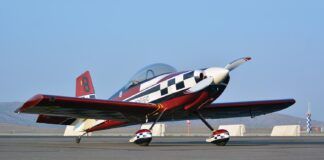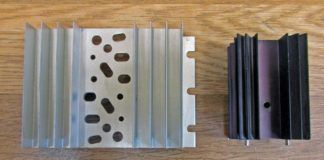WD-40
Dave Prizio refers to WD-40 as a lubricant in his article about cables and pulleys [“Maintenance Matters,” August 2016]. I always thought WD-40 was a lubricant too until I used it on my Honda Fit rear hatchback latch. The latch would not spring back when released. WD-40 fixed it for a week or two, then the latch would stick again. After three or four attempts with WD-40, I squirted motor oil onto the latch. It has never stuck again in more than a year. After doing a Google search for “Is WD-40 a lubricant?” I concluded that, yes, WD-40 is a very low viscosity lubricant, which may or may not be suitable for a certain application. Of course, the bearing manufacturer’s recommendations should be followed. Lacking guidance, a higher viscosity oil or grease will provide better lubricating properties.
—Joe Gores
Dave Prizio Responds: WD-40 is a light lubricant, but as its name implies, it was originally conceived as a water displacing (WD) agent. In the article I did use the word lubricant, but my intent was to recommend it as a water displacing agent to preserve the proper functioning of pulleys and cables on a floatplane where water displacement is the primary concern. While some people think WD-40 is the greatest multipurpose chemical ever invented next to ethyl alcohol, I do not. It has its place when used in moderation (much like ethyl alcohol), but it is seldom my first choice.
I compliment Mr. Gores for doing his research. My intent in my articles is to get people to take the time to seek out the best solution and not just use what everyone else is using. A good A&P mechanic always goes back to the best available information. A good Experimental mechanic should do no less.
Finite Element Analysis
I enjoyed David Paule’s article, “Analysis Tools” [December 2016], very much. I am designing my own airplane and would love to have some specific recommendations for finite element analysis (FEA) software for flutter analysis. I would have taken Martin Hollmann’s course, but he is no longer with us. Any recommendations? Thank you for whatever help you can provide.
—Gene Kahn
David Paule responds: As far as I know, FEA doesn’t do flutter. It does solve for natural frequencies, which you’ll need, along with the mode shapes. FEA also typically includes a buckling capability, which is handy. Additionally, you’ll need to be able to model large assemblies, since flutter modes involve much of the airframe. Probably any FEA that can manage both of those will work.
All that aside, I’m not competent to analyze for flutter. It’s just something I don’t know much about beyond the basics. If an additional capability is useful, it’s beyond my knowledge.
If you find a copy of the FAA’s “Basic Glider Criteria” (my copy is the 1962 edition), it has a basic flutter analysis procedure. I don’t know its limitations or whether it’s valid for non-1962-type airframes, but it does include hand-analysis methods for determining the natural frequencies of the major assemblies, replacing tedious FEA with tedious hand analysis, and it does go to 300 mph. I don’t know if it includes altitude effects on airspeed or damping. Good luck!
Write to [email protected].





